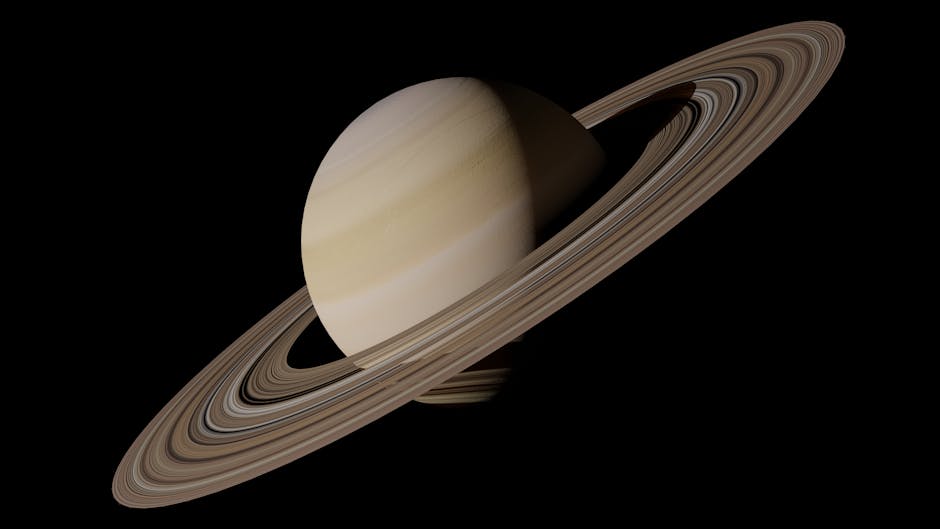Just when we think we have a handle on the sheer, mind-boggling scale of the cosmos, the universe throws us a curveball that leaves even the most seasoned astronomers speechless. In a discovery that challenges the very foundations of cosmology, scientists have identified twin cosmic rings that dwarf entire galaxies, a find so monumental it forces us to rethink the structure of the universe itself.
A Glimpse into the ‘Big Ring‘ and ‘Giant Arc’
These are not rings of rock and ice like Saturn’s, but immense, patterned arrangements of galaxies and galaxy clusters stretching across billions of light-years. Discovered in data from the Sloan Digital Sky Survey, these structures—dubbed the “Big Ring” and the “Giant Arc”—are located approximately 9.2 billion light-years from Earth. This means we are observing them as they existed when the universe was less than half its current age.
The twin structures were identified by Alexia Lopez, a PhD student at the University of Central Lancashire, and appear close to each other in the same cosmic neighborhood, suggesting they might even be part of a larger, interconnected system.
So Large They Dwarf Entire Galaxies
To truly grasp the colossal scale of this discovery, consider our own Milky Way galaxy, which measures a respectable 100,000 light-years across. The “Big Ring” has a staggering diameter of 1.3 billion light-years. You could line up 13,000 Milky Way galaxies end-to-end just to span its width.
Its circumference is nearly 4 billion light-years. If you could somehow travel at the speed of light, it would still take you 4 billion years to complete a single lap. This discovery of twin cosmic rings that dwarf entire galaxies isn’t just a record-breaker; it’s a paradigm-shifter.
A Discovery That Challenges Cosmic Rules
What makes this find so astonishing to astronomers is that these structures directly challenge a cornerstone of modern physics: the Cosmological Principle. This principle has long suggested that, on a large enough scale, the universe is essentially uniform and homogeneous—smooth, without any distinct patterns beyond a certain size.
According to our current models, the theoretical size limit for any cosmic structure should be around 1.2 billion light-years. The “Big Ring” casually breaks this cosmic speed limit.
“Neither of these two ultra-large structures is easy to explain in our current understanding of the universe,” Lopez stated, expressing her team’s disbelief. The existence of such an ordered, gargantuan pattern suggests that the “cosmic web”—the filamentary structure of matter connecting galaxies—might be far more complex than we ever imagined.
What Do These Twin Cosmic Rings Mean for Science?
This discovery forces us to ask profound questions. Is the Cosmological Principle wrong, or is it merely incomplete? Are these rings a statistical fluke, or are they evidence of a new, undiscovered physical process shaping the universe on the grandest scales? Some theorists are even exploring alternative models, perhaps involving cosmic strings—hypothetical defects from the early universe—that could have seeded such massive formations.
For us here on Earth, it’s a humbling reminder of our place in the cosmos. We look up at a sky of seemingly random pinpricks of light, but out there, in the deep darkness, are structures so monumental they defy our imagination and our theories. It’s a thrilling time for astronomy, where a single observation can send shockwaves through decades of established science, proving the universe is far from done revealing its secrets.




